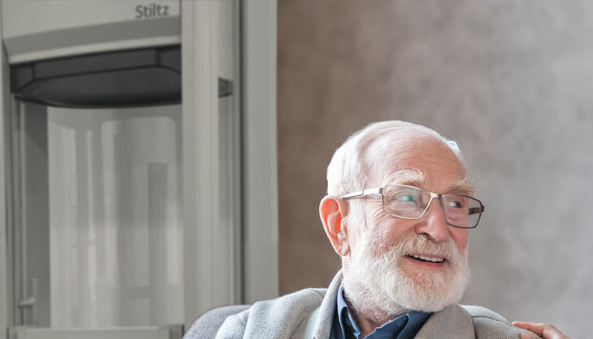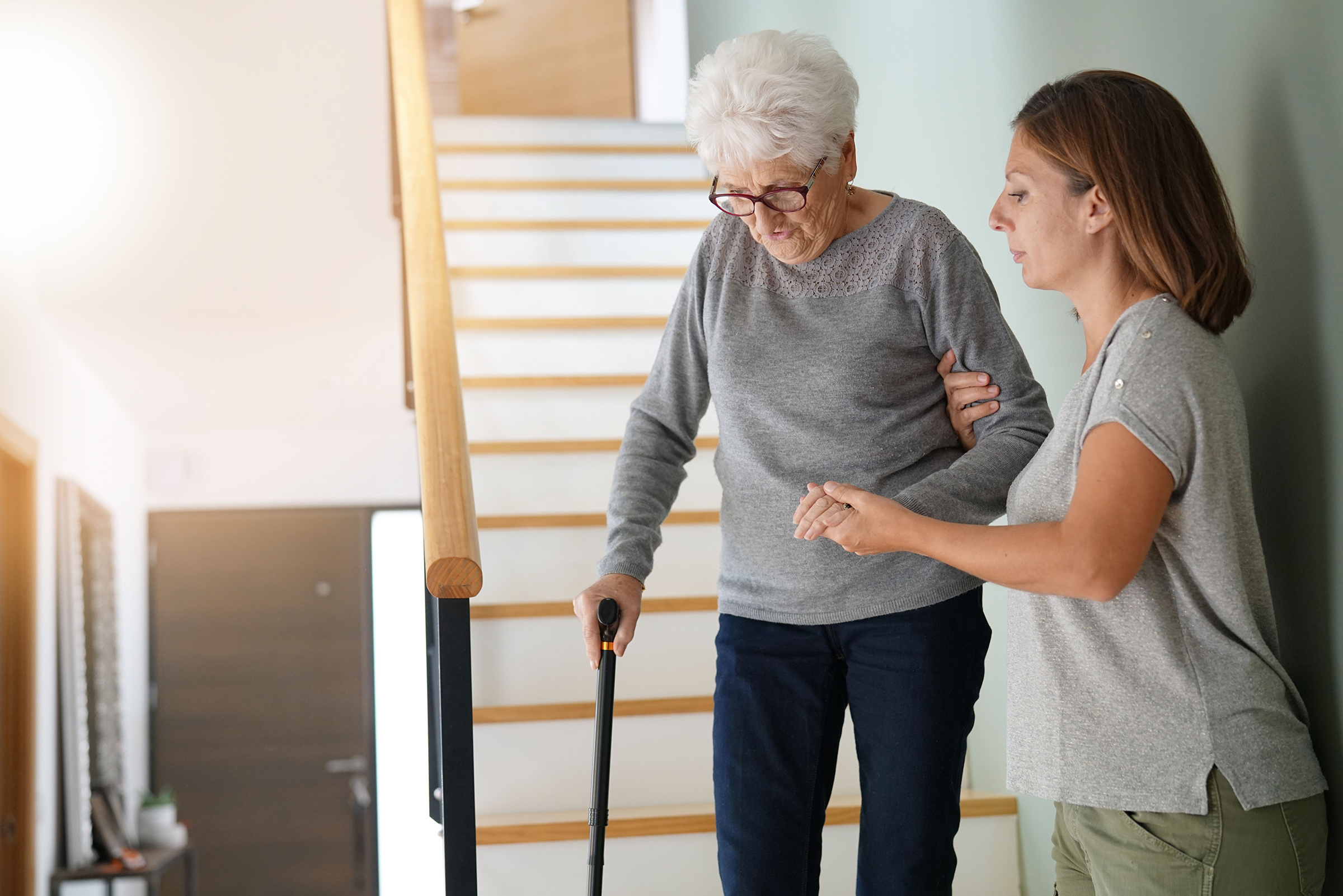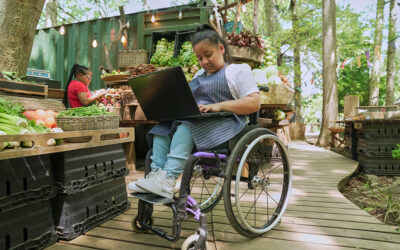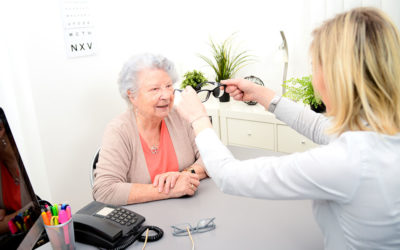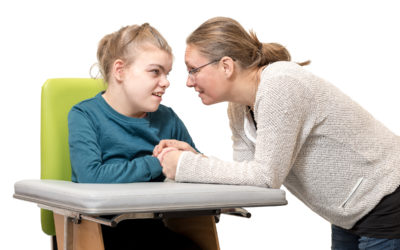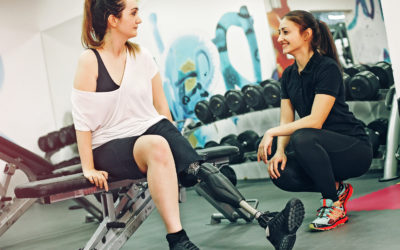Elderly Care
With age, many mobility issues can occur. A loss of balance can mean an increased risk of a trip or fall within the home. Combined with weakened bone strength and fragility, a trip or fall can cause serious, long-term health issues.
Elderly mobility issues and stairs
Climbing stairs can become one of the most difficult tasks in the home. It can not only be painful, but uses valuable energy, so elderly people often make the decision to sleep downstairs in a chair or on the sofa which can have a detrimental effect on someone’s health and is unsustainable. The stress of climbing the stairs or even moving home can be avoided by the installation of a home lift.
Home adaptions for elderly
The installation of a domestic home lift can enable elderly people to improve their occupational performance. It reduces the need for care and independent living can be facilitated. The risk of injury from falls can be reduced and individuals can remain in their home for many years without the stress and cost of moving home or into social care. For elderly people who may suffer with arthritis, knee problems and use a walking stick or frame, the Stiltz Duo+ home lift incorporates a standing perch for ease when moving between floors.
Ageing and mental health and wellbeing
Independent living has a huge impact on mental health and well-being. A study published by the House of Commons in 2018 stated ‘poor quality, un-adapted, hazardous, poorly heated and poorly insulated accommodation can lead to older people having reduced mobility, depression, chronic and acute illness, falls, social isolation, loneliness and depression’.
It also stated that appropriately adapted housing can keep older people healthy, support them to live independently and reduce the need for social care.
Notes from our resident Occupational Therapist, Stuart Barrow
“It was not so long ago when the only option when you reached a certain age was to sell your property and spend the money on care home payments. But, with the continued progression in mobility products staying put is both a viable and cost-effective solution.“


Stiltz Homelifts Occupational Therapist and owner of Promoting Independence
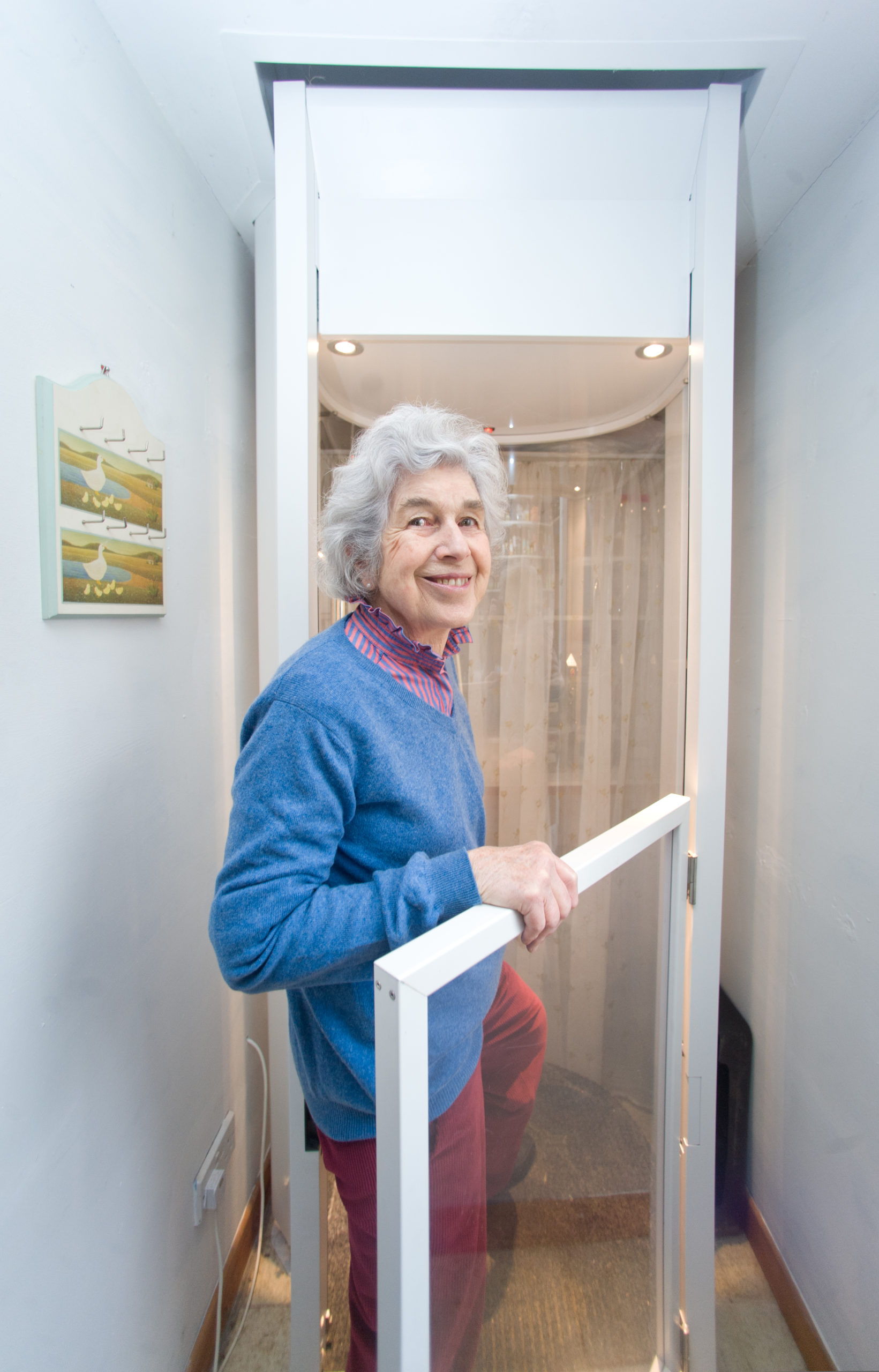
Case Study
Stiltz customer Jane Seppings, 80, has arthritis in both knees and had a pacemaker fitted, so using the stairs was becoming more and more challenging.
Moving from the 17th-century four-bedroom farmhouse she has lived in since 1965 was not an option, so Jane looked into adapting her home to make her life easier.
.
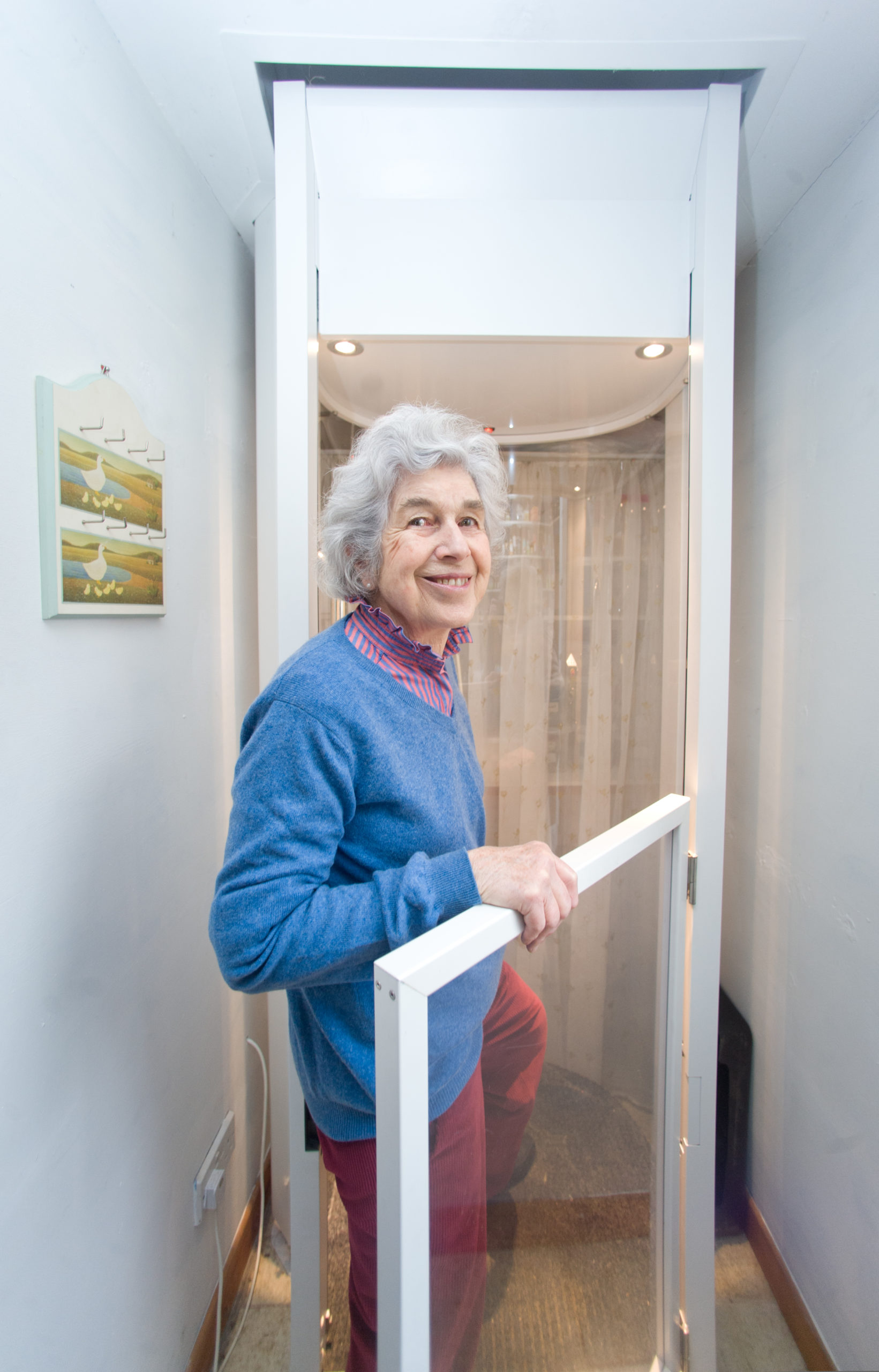
“Poor quality, un-adapted, hazardous, poorly heated and poorly insulated accommodation can lead to older people having reduced mobility, depression, chronic and acute illness, falls, social isolation, loneliness and depression…”
